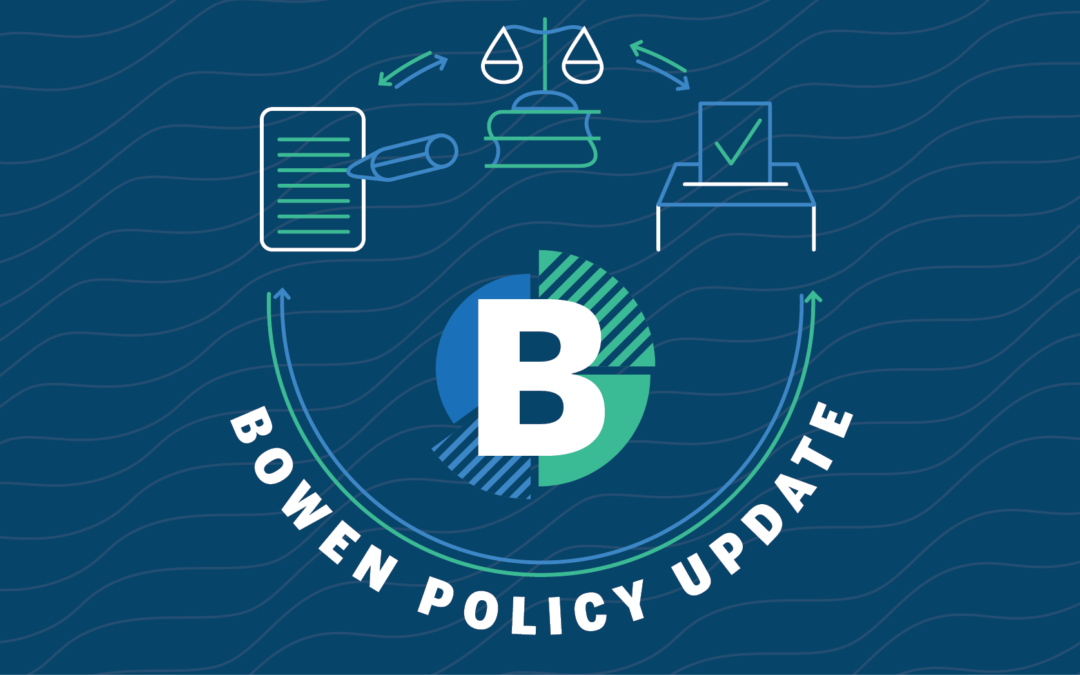
by Zachary Ammerman | Jan 9, 2025 | Policy
As Indiana continues to lose health care talent to burnout and out-of-state competition, policymakers are searching for innovative solutions. A new policy brief from the Bowen policy team examines how state tax credits could help address our growing health care workforce shortage.
Clinical preceptors are critical for ensuring students are equipped with clinical skills prior to entering the workforce. Several states have already implemented tax credit programs to recruit and retain health care professionals into clinical preceptor roles, and in this brief we take an in-depth look at two of them: Colorado and Hawai’i. These programs offer substantial incentives — up to $10,000 annually in some cases — for medical professionals serving in high-need roles or locations. In 2023, the Indiana General Assembly considered establishing a similar program through HB 1598, which would have provided tax credits for nursing preceptors, but it didn’t make it past its first reading.
The brief outlines key considerations for policymakers, including program administration costs and the importance of strategic targeting. While tax credits aren’t a silver bullet, they represent one evidence-based approach to strengthening Indiana’s health care workforce.
Read the full brief here to learn more about how tax credit strategies could help secure Indiana’s health care future.

by Zachary Ammerman | Nov 21, 2024 | Data
Psychologists play a key role in addressing behavioral health challenges and improving overall quality of life. They work with many other professionals and providers to diagnose and treat a variety of conditions, including addiction, stress, and chronic illness. Learn more about who they are and how they serve a critical need in Indiana below.
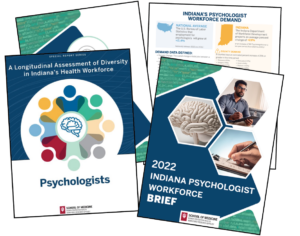 Data Report
Data Report
The data, tables, and descriptive analysis that are foundational to the briefs and diversity report. This includes information on demographics, education, practice settings, and more.
Brief
A quick overview of the workforce and the policies that impact it, including visualizations and commentary to add context for and insight into the data.
Diversity Report
How diversity among Indiana’s psychologists has changed over the years and how that compares to the demographics of our state. It also highlights policies and programs that may be contributing to diversity.
Demand Brief
Psychologist job growth projections through 2030 with the top counties for growth.
Pique your interest? Check out these other Bowen resources:
You should also check out our Playbook project page, which has a treasure trove of information related to improving Indiana’s behavioral and mental health workforce. All of Indiana’s 92 counties are experiencing mental health workforce shortages. This project focused on identifying challenges and opportunities for strengthening this workforce across the state. Research findings and recommendations can be found in the report.

by Zachary Ammerman | Nov 19, 2024 | Data
For National Rural Health Day (Nov. 21), we are highlighting the significant health challenges facing rural communities both in Indiana and nationwide. Rural communities across America face a mounting health care crisis marked by hospital closures, provider shortages, and delayed emergency response times. These problems compound together to create significantly worse health outcomes for rural areas, with higher rates of mortality for most major causes of death occurring in rural areas as compared to urban zones. These problems are particularly exacerbated by a lack of health workers: Rural areas have significantly fewer health care providers per capita, with important gaps in specialists, mental health professionals, and primary care physicians. This provider scarcity creates dangerous barriers to medical care for rural communities.
Check out the infographic below for some alarming facts on rural health disparities both in Indiana and the United States. These statistics paint a concerning picture of the current state of rural health care access and the resulting impact on community health outcomes.
The charts and graphics used in this infographic were originally prepared for a presentation on rural health given earlier this year by Sierra Vaughn, Bowen’s Assistant Director of Data and Research. You can check out a blog post about her presentation and download her powerpoint here.
OTHER BOWEN RESOURCES RELATED TO RURAL HEALTH:
Almost all of our health workforce data and reports touch on rural health communities in one way or another, but these two resources are particularly focused on challenges related to rural communities:
- PLAYBOOK: Mental and behavioral health challenges are particularly acute in rural communities in Indiana and nationwide. Bowen has developed a detailed plan to tackle Indiana’s mental health crisis, called the Playbook for Enhancing Indiana’s Mental and Behavioral Health Workforce. Check out the Playbook project home page here.
- EMS: Emergency Medical Services also pose a critical challenge to rural communities in Indiana and across the country, with significantly slower response times in most rural areas for emergency services. See more details about tackling this critical health workforce shortage on our dedicated EMS project page or by downloading our 2023 report on this topic here.
↓↓ Keep scrolling to see a full infographic on rural health challenges in both Indiana and the United States as a whole. ↓↓

Sources:
- Rural Population Health in the United States: A Chartbook. 2023. NC Rural Health Research Program
- O’Grady E, Bugbee M, Fenne M. Private Equity Descends on Rural Healthcare. 2023. Private Equity Stakeholder Project
- Indiana Hospital Mergers/Acquisitions, Expansion, & Closures. 2024 Employers’ Forum of Indiana.
- Jonk, Y., Milkowski, C., Croll, Z., & Pearson, K. (2023). Ambulance Deserts: Geographic Disparities in the Provision of Ambulance Services [Chartbook]. University of Southern Maine, Muskie School, Maine Rural Health Research Center.
- Rural Health Information Hub; Addressing Rural Health Worker Shortages Will Improve Population Health and Create Job Opportunities. 2024. U.S. Congress Join Economic Committee.
- Crouch E, Nelson J, Merrell MA, Martin A. The oral health status of America’s rural children: An opportunity for policy change. J Public Health Dent. 2021 Dec;81(4):251-260. doi: 10.1111/jphd.12444. Epub 2021 Jan 27. PMID: 33501720. Rural/Urban Differences in Children’s Health. NSCH Data Brief. 2020. Health Resources and Services Administration, Maternal and Child Health
- Maxey H, Medlock C, Vaughn S. Indiana’s School-Based Health Workforce. 2020. Bowen Center for Health Workforce Research and Policy, Indiana University School of Medicine.
- Albert, Jim. “Strategies to rebuild rural health care facilities: focusing capital in key areas can help to strengthen rural hospital and provide stability.” Health Facilities Management, American Hospital Association. August 26, 2020
- Nowak, Tim. 10 things rural EMS providers need to consider. EMS1, Pulsara, April 2, 2021
- Community Health & Wellness Partners – https://chwpcares.org/school-based-health-center/
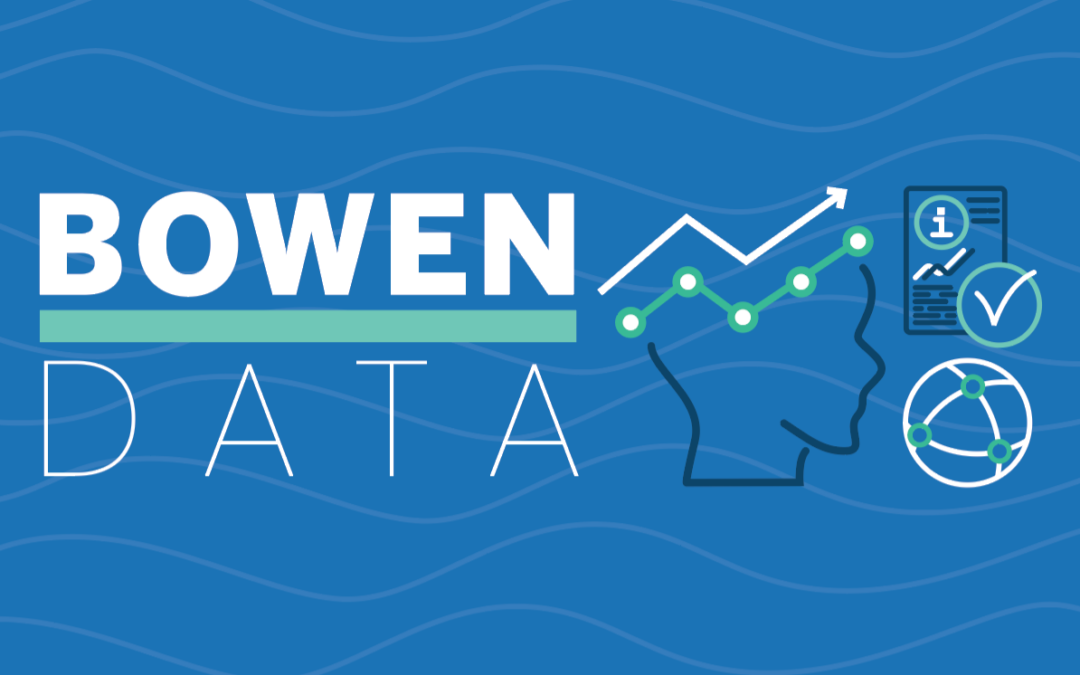
by Zachary Ammerman | Oct 23, 2024 | Data
This October, as we celebrate National Dental Hygiene Awareness Month, the Bowen Center for Health Workforce Research and Policy recognizes Indiana’s dental hygienists – the dedicated professionals who play a crucial role in preventive oral health care and patient education.
Indiana’s Dental Hygienist Snapshot:
- 96.7% of hygienists work directly in patient care
- Most provide services in dental office settings
- 83% received their education in Indiana, demonstrating strong in-state retention
- More hygienists are pursuing bachelor’s degrees than ever before
- Increasing diversity: the percentage of hygienists identifying as Hispanic, Latino(a), or Spanish origin grew from 1.6% in 2010 to 3.6% in 2022, more than doubling over twelve years
- Expanding services: hygienists provide critical preventive care including cleanings, sealants, oral cancer screenings, and tobacco cessation counseling
Despite workforce growth over the past decade, dental hygienists remain in high demand across Indiana. Dentists consistently report dental hygiene positions as their most challenging positions to fill.
Learn more about Indiana’s dental hygiene workforce through our comprehensive reports:
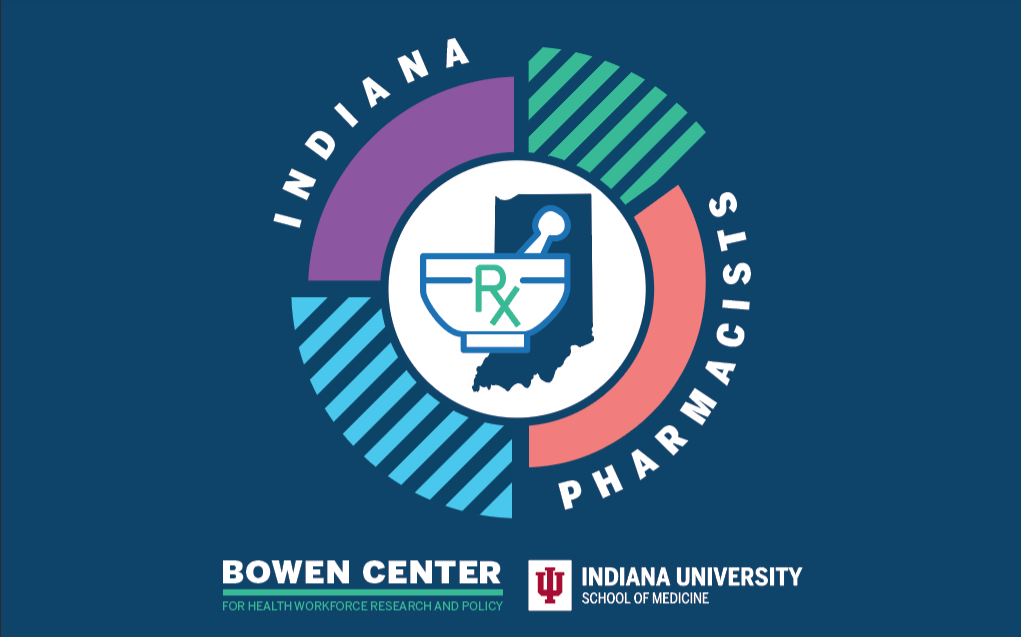
by Zachary Ammerman | Oct 14, 2024 | Data, Reports
Licensed pharmacists are essential spokes in the health care wheel. In addition to dispensing medication, they collaborate with other health care providers to advise on and ensure medication treatments are safe and effective, and even more. Their roles have expanded over the years, with many now offering vaccinations, health screenings, and medication therapy management services. Learn more about the many settings in which they work and the important role they play in the health care workforce below.
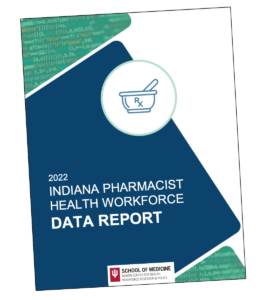 Data Report
Data Report
This has the data, tables, and descriptive analysis that are the bedrock of the rest of the documents linked here. It’s a one-stop shop containing demographic, education, practice settings, and other information on Indiana pharmacists. The report provides a comprehensive overview of the pharmacist workforce, offering valuable insights for policymakers, educators, and health care administrators.
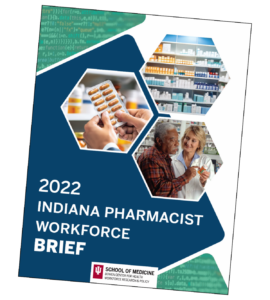
Brief
This is a digestible take on the Indiana pharmacist workforce and the policies that impact it. Visualizations and commentary help provide context for and insight into the data. The brief highlights key trends and changes in the workforce, making complex data accessible to a broader audience.

Diversity Report
Turning an eye toward diversity in the workforce, this looks at how diversity among Indiana’s pharmacists has changed over the years and how that compares to the state as a whole. It also highlights policies and programs that may be contributing to diversity. This report is crucial for understanding how well the pharmacist workforce represents the communities it serves and identifying areas for improvement.
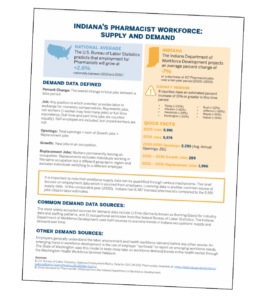
Demand Brief
This shows pharmacist job growth projections through 2030 and highlights the top counties for growth. The brief provides essential information for workforce planning, helping to anticipate future needs and potential shortages in different regions of the state.



 Data Report
Data Report






